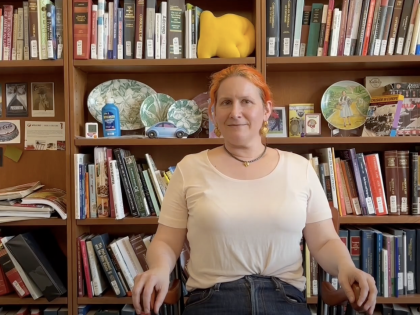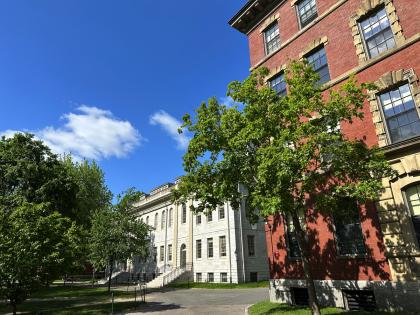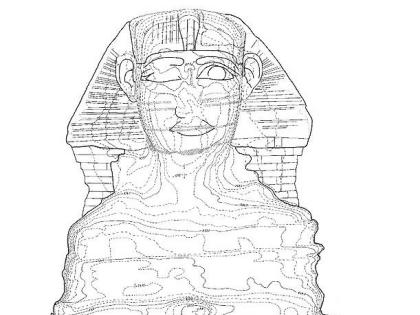Diabetes has two main variants: type 1 and type 2. Both result from a defect in the body’s insulin-producing mechanism, but the way they develop is quite different.
Insulin, the hormone that signals the body to take up circulating glucose from the blood, is produced by beta cells in the pancreas. That organ, lodged beneath the stomach, is roughly the size and shape of a banana; in a healthy person, the all-important beta cells, taken together, have the volume of the first joint of a pinkie finger.
Type 1 diabetes is an autoimmune disease: a person’s own immune system attacks the beta cells, for reasons that are not well understood. Type 2 diabetes, the form associated with obesity, delivers a double whammy: cells in muscles, fat, and the liver become resistant to insulin’s effects, and the beta cells compensate by pumping it out in ever higher amounts. Although medications and lifestyle changes—such as weight loss and exercise—to increase insulin sensitivity are a first line of defense, many patients ultimately need injected insulin to balance their blood glucose after their beta cells fail altogether.
This article deals mainly with type 2 diabetes, the form that is linked to the obesity epidemic and modern lifestyle factors. (This is the variant that has commonly been called adult-onset diabetes, but it is increasingly affecting children, too.) To read about recent advances in the treatment of type 1 diabetes, often called juvenile diabetes, see “Stem-Cell Progress,” page 63.









